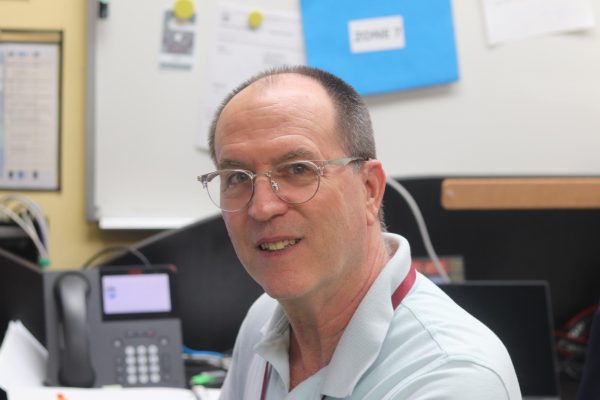Students adjust to driving to school
Sophomore Jessie Lee is excited to start being able to drive to school. She drives cautiously on the roads.
October 14, 2021
Getting behind the wheel, feeling the leather on your seat, and independence in your veins. This is the feeling of a new driver. With many teens at home due to the COVID-19 pandemic, the past year has been both socially and emotionally difficult for many Marjory Stoneman Douglas High School students. While driving is new for some students, it offers them a sense of freedom that they had previously not been able to experience.
Many students previously got driven to school, took the bus, or walked. Individually driving themselves to school is tremendously different. No longer having to rely on family or friends for rides, and being able to run errands or make plans themselves can affect students’ schedules and how they move throughout the day.
“[Driving] makes [school] a lot easier because I don’t have to wait for somebody else to take me,” senior Drew Kaufman said. “If I want to leave, I can leave whenever I want.”
Like many other students, this school year is Kaufman’s first year of driving himself to school. Being able to drive has allowed him to get more involved in extracurriculars such as Distributive Education Clubs of America (DECA) and Rho Kappa National Social Studies Honor Society. In addition to increased club involvement, Kaufman has also been able to partake in dual enrollment. As a dual enrolled student, Kaufman has two off-campus personalization classes. With these personalization periods, Kaufman is released from school everyday at 1:10 p.m. to drive home and study.
“I like having the freedom driving gives me,” Kaufman said.
Achieving independence is an important part of life. It is a step to adulthood that teenagers need to be able to grow.
“Driving has made it easier to get places and not have to rely on my parents to get to those places on time,” junior Julia Kayser said.
As an active member of DECA and Student Government Association (SGA), being able to drive has given Kayser the ability to get more involved in her extracurriculars. Along with other school activities, Kayser has been able to drive to basketball, which she plays frequently. Due to her ability to drive, Kayser is able to go straight from school to her job when the bell rings at 2:40 p.m.
Driving allows students to transition to places they need to be faster than getting driven by others.
“I am able to get home faster, change and get things done before I leave again rather than when I wasn’t able to drive and I couldn’t accomplish as much,” senior Skylar Lund said.
As a member of DECA, Lund has found it easier to be active in the club since beginning to drive. Since Lund plays soccer for the MSD Lady Eagles team and the Parkland travel team, she finds practice days much easier than when she didn’t have a car. Her schedule hasn’t changed drastically, but likes that she has control over when she leaves for school. Skylar arrives at school around 7:25 a.m. in her white Jeep Wrangler.
Driving is new to everyone at some point and each one of these students had to make the adjustment that comes with it. Having the ability to drive can help students become more independent and allow them to partake in an increased number of extracurricular activities.

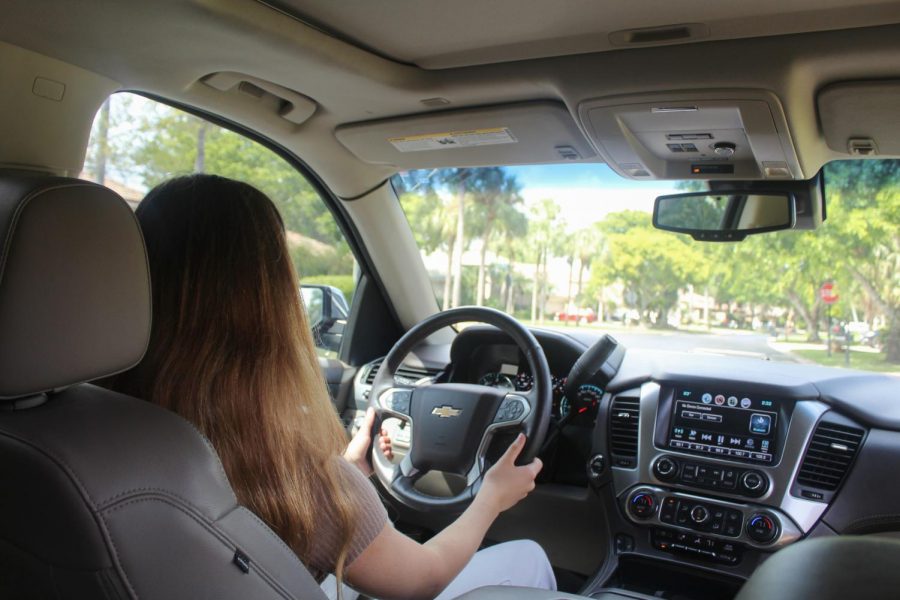
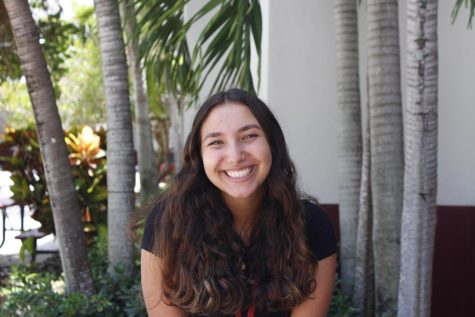

















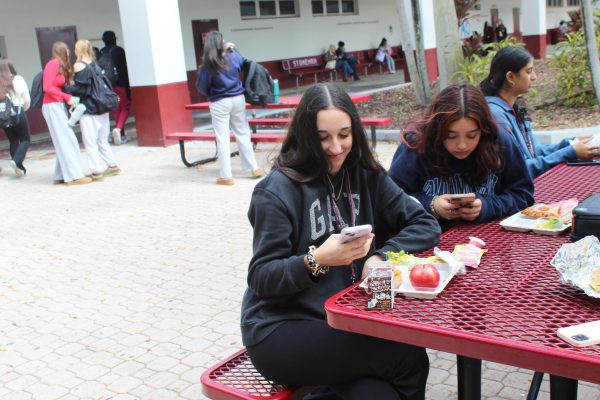
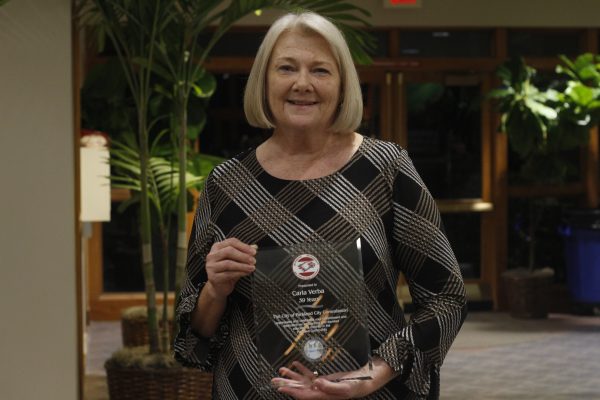

![(left to right) Seniors Stephanie Bilsky and Gracyn Haynes sport the DECA symbol, a triangle, at their first career fair, hosted on Dec. 6, 2023. The career fair had 12 business for students to explore and ask questions about. What we wanted to do is just take what weve learned [in DECA] and expand it to those students who arent enrolled in this class and dont have access and then just kind of take it to the community and allow students to discover their future as well, Haynes said.](https://eagleeye.news/wp-content/uploads/2024/01/9n9MEiC72JCfrptYKrZhoKhKscuboBiEju33GYeA-600x400.jpg)
